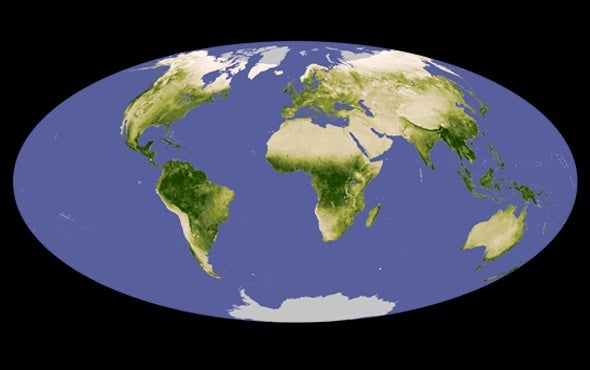BULGARIA, HUNGARY AND ROMANIA
The Yamnaya people, long associated with horses, are now the earliest known riders. Skeletons from around 3000 B.C.E., unearthed from burial mounds in Eastern Europe, show wear patterns consistent with “horseman syndrome,” providing the oldest direct evidence of humans on horseback.
CHINA
The Mamenchisaurus, a massive sauropod, may have once munched treetop leaves in what is now China thanks to its 50-foot neck—possibly the longest of any known animal. Researchers estimated its neck length by comparing its fossilized vertebrae with a smaller sauropod species' skeleton.
NEPAL
Scientists found dormant Streptococcus and Staphylococcus bacteria in soil samples at an elevation of 26,000 feet on Mount Everest, probably left behind years ago by infected mountaineers. The bacteria were surprisingly resilient, reproducing once they thawed.
THAILAND
Macaques in Phang Nga Bay crack nuts with stones, breaking off and discarding sharp flakes reminiscent of early human tools, anthropologists observed. The scientists conclude that the earliest steps toward toolmaking could have arisen by accident, possibly earlier in our evolution than previously believed.
UKRAINE
Genetic analysis reveals that Chernobyl's stray dogs descended from abandoned pets living nearby when the nuclear disaster occurred there in 1986. Studying their survival in a radioactive habitat may help researchers understand how long-term radiation exposure affects humans.
U.S.
Storms sometimes cause raw sewage to spill into the ocean, and a study of San Diego's beaches showed this contamination can enter sea spray. Three quarters of bacteria found in the beaches' air came from this source, exposing even those who avoid the water.
For more details, visit www.ScientificAmerican.com/jun2023/advances

